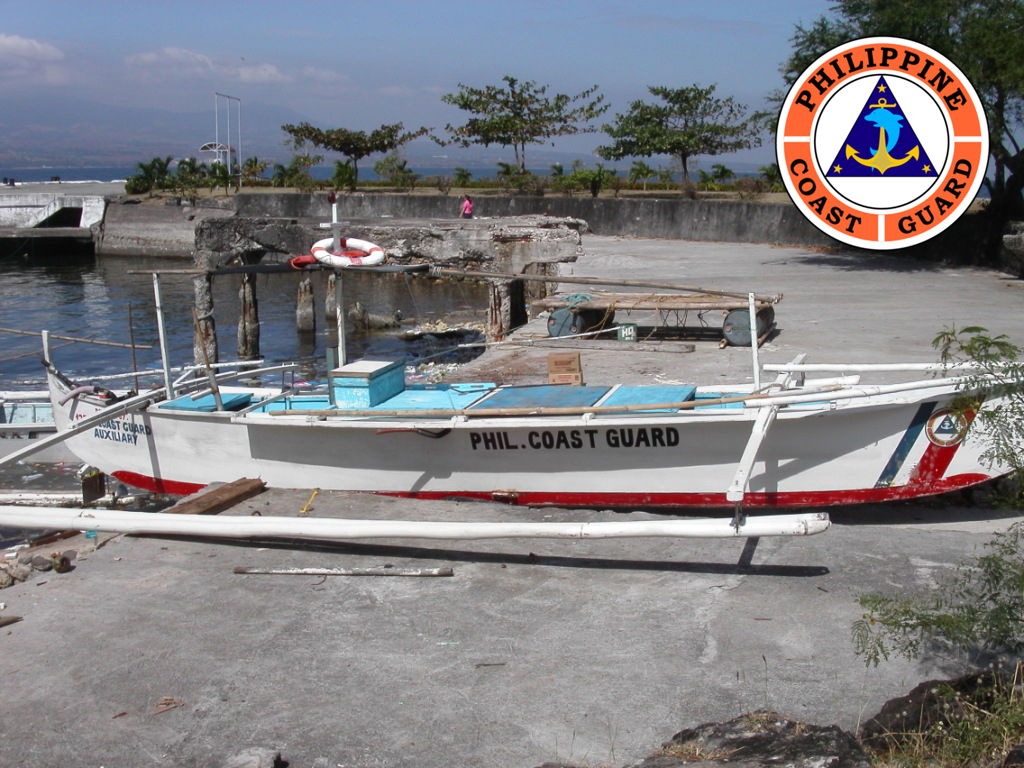China’s new fishing militia makes upgrade of PCG, fishing fleets urgent
P200M daily losses loom
Government should help fishermen modernize their fleet as well as buy ships for the Philippine Coast Guard (PCG) so both can freely sail into the West Philippine Sea, a rich fishing ground key to the country’s food security, Sen. Ralph Recto said today.
Recto issued the call following reports that China is providing military training to its fishermen to form a fishing militia that would sail into Philippine waters with government incentives such as free ice and fuel, and protection by the China’s gunboats.
The reelectionist Senator lamented that most of the local Coast Guard and fishing boats “share the same type and make: outrigger bancas.”
“Pareho silang mga BRP – Banca ng Republika ng Pilipinas, “ Recto said in stressing the need to modernize the PCG so it can ably guard the country’s 36,289 kilometers of coastline and 2.2 million square kilometers of territorial waters, including the Exclusive Economic Zone.
Recto stressed he is not proposing the arming of local fishermen to meet the Chinese threat but “in helping them acquire new boats, navigational equipment, radio, fishing gear either through government grants or guaranteed credit.”
Government agriculture spending is skewed towards land-based activities, he said. “Yung sa dagat medyo may kulang ng kaunti,” he said, citing the Bureau of Fisheries and Aquatic Resources’ (BFAR) less than five percent share in the agriculture sector’s budget.
Recto said government should help channel loanable funds under the Agri-Agra Law, which earmarks 10 percent of the banking industry’s lendable portfolio, for food production activities.
This, he said, should go hand in hand with the upgrading the Coast Guard’s floating assets. Recto had earlier urged the government to source Navy, Coast Guard and government fishery boats from Cebu’s bustling world-class shipbuilding industry.
Recto had warned that the Philippines will be losing P200 million a day in fisheries receipts if China’s newly-redrawn map, whose boundaries now closely hug the country’s Eastern coastline, will not be repudiated by world law and opinion.
If the world will allow China to put up a “no fishing” sign around the “Great Wall of Sand” it is aggressively building in the West Philippine Sea, it will “starve” Filipinos of a staple in their diet – fish, Recto said.
“It will hit us where it hurts most – our stomach,” Recto said.
“There lies the greatest danger of alien incursion in our seas. It’s a formula for starvation. More than a national security question, it involves food security,” he said.
“If another country succeeds – through might, not right – in making the West Philippine Sea their exclusive fishpond, it will not only lead to the disappearance of a large chunk of space from our territory, but also fish from our table,” Recto said.
“So this is not just a battle about cartography but about our right to eat,” he said, citing the annual per capita consumption of fish and marine products of about 36 kilos.
By one estimate, more than three-fourths of total commercial and municipal fishing production come from the West Philippine Sea.
A House of Representatives think-tank estimated that 20-25 percent of all the country’s annual fish catch come from the waters west of Palawan and Luzon’s western seaboard, two areas now embraced by the Chinese nine-dash line map.
Senior Associate Justice Antonio Carpio had warned that losing 80% of our Exclusive Economic Zone in the South China Sea would mean 80% of the fish we catch annually from that area.
Philippine fisheries produced P244 billion worth of fish in 2013. Of this, commercial and municipal fishermen contributed P150 billion.
“If that P150 billion is reduced by half, if that fishing blockade would tighten, then it would mean we will be losing P200 million a day,” Recto said.
Recto said China’s push into Philippine waters was motivated in part to secure rich fishing grounds that will satiate Chinese appetite for marine products.
“It’s a market of 1.360 billion people, each eating 31 kilos of fish each year,” he said.


